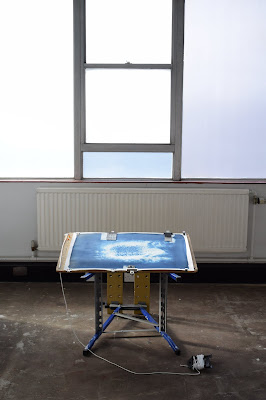STRANGE TOOLS
ART and HUMAN NATURE
ALVA NOE
THE CONDITION OF POSTMODERNITY
DAVID HARVEY
As David Harvey argues in his seminal Condition of Postmodernity, architecture becomes one of the aestheticised products by which global capitalism and political regimes express themselves. It is with this realisation that we must reverse the equation. Not space and time in architecture, but architecture in space and time, in an concepts of the former acceptance of Harvey’s conclusion that ‘neither time or space can be assigned objective meanings independent of material processes, and that it is only through investigations of the latter that we can properly ground ourselves’.
ARCHITECTURE IN SPACE AND TIME
Jeremy Till | Collected Writings | Architecture in Space, Time 1996
There is a feeling of intimidation for the architect faced with a broad cultural landscape, and so an understandable reaction is to look for stable elements. In this way architecture, fixed and permanent, shrugs off the ephemeral and the present, and enters into dialogue with the deeper structures which may condition culture. The language of traditional anthropology (mythic, ritual, cosmic, symbolic) is used as a vehicle for architectural exploration, with the intent that architectural will engage with enduring and stable cultural factors. The architect here reverses the role of the anthropologist. Where the latter may investigate and describe social practices through their inscription in space and time, the architect describes temporal spaces in which to set those practices. There is an emphasis on architecture as a setting for ritual and as the embodiment of archetypal human situations, all constituted within cultural tradition. At its worst this approach reeks of conservative nostalgia, at its best it is a project of interpretative re-visioning of an active tradition in which to set human action. It is an architecture that is firmly rooted in space and time, but in very particular interpretations of them. The space is one of concrete representation, informed by the search for authentic meaning. The time is one which combines the cyclic movements of cosmology and nature with a backward-looking naturalisation of history, both characterised by the sense of reinterpreted repetition. The implication is that time and space should stand outside the contingent forces of the present, and that production must resist immanent distractions in an attempt to ground architecture in a more profound cultural horizon. It is this detachment that is both the real strength of this approach but also its weakness, because in looking for the truth it bypasses the real.








No comments:
Post a Comment